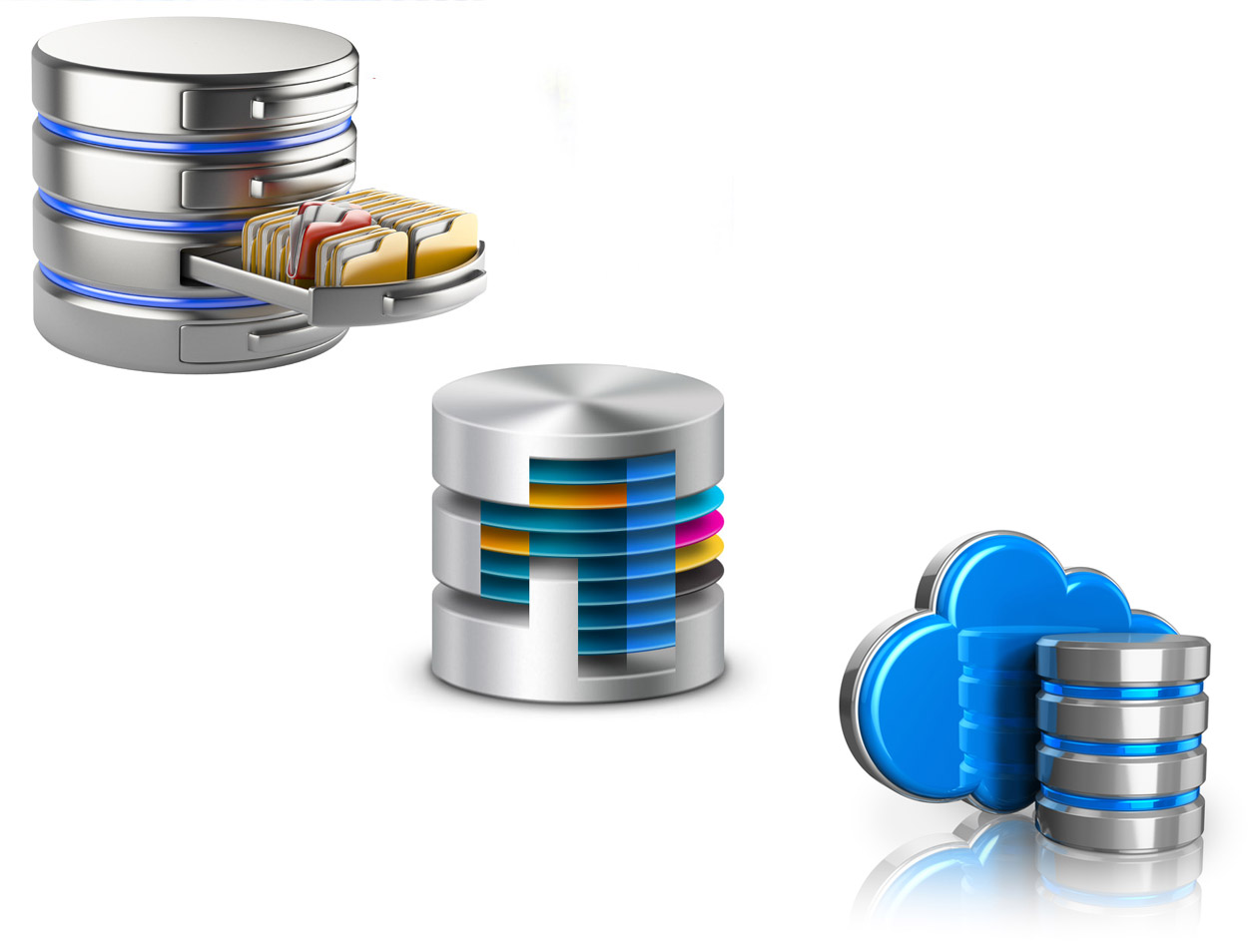Warning: Trying to access array offset on value of type null in /home/tzimas72/dmlab.edu.gr/assets/themes/xamin-child/single-portfolio.php on line 7
Introduction to Databases

The main goal of the course is to introduce students to the basic concepts of Databases (DB) in order to acquire the necessary knowledge so that they can design and implement a case study - database project through the use of specialized Relational Database Management System (RDBMS).
Keywords: Databases, Database Systems, Relational Database Management Systems, Relational Model, Relational Algebra, Entity-Relational Diagram, Integrity Constraints, Normalization, SQL Language, Physical Layer, Indexes, File records
- Lecturer 1 : John Tsaknakis
- Semester : Semester 2
Learning Outcomes
Upon successful completion of the course, the student will be able to:
At the knowledge level:
- understand the basic concepts of DB and SDBD and to know the available DBMS of the market,
- know BD Data Models and BD Systems Architecture,
- know the basic components of the relational model and especially of the Entity-Relational Diagram (Entities, Categories, Correlations),
- understand how the requirements of a microcosm can be converted into interdependent data on an Entity-Relational diagram,
- know the syntactic features of the SQL language and how to organize the code of queries, user views and their rights on data,
- understand how to organize BD records in files in the physical layer,
- know how to create indexes of one and many levels and data structures (trees) for their organization at the physical level for efficient storage and search of BD records,
- understand the basic principles of cooperation and operation within a team in order to design and implement a case study – database project.
At the skill level:
- be able to take into account the requirements of the client to design in the relational model the Entity-Relational Diagram of DB,
- use efficiently popular RDBMS software, in order to enter and create the DB of the application,
- use the SQL language appropriately so that by using its queries on the one hand to define the basic structural elements of the DB and on the other hand to manage its data efficiently for the benefit of the requirements of the application,
- use the capabilities of RDBMS software efficiently in order to manage more DBs and which interact with each other,
- properly plan the storage of the data of the DB with appropriate indexes in its records in order to optimize the performance of the application,
- design and implement simple graphical user interfaces for DB management,
- develop those knowledge acquisition skills that he needs to pursue further studies with a high degree of autonomy.
At the level of abilities:
- understand the customer’s requirements and help him to express them correctly in order to create a BD Diagramm that can fully meet his needs,
- have the ability to apply the knowledge of design and implementation of DB acquired in the design and implementation of real DB systems of the labor market,
- have the ability to understand new knowledge and views arising from modern developments at the forefront of the cognitive field of Databases for the purpose of both continuous professional development and in the context of research activity,
- have the ability to solve problems in the context of the Database cognitive field,
- have the ability to apply his knowledge in a new or unknown environment, within a broader (or interdisciplinary) context, relevant to the cognitive field of Databases.